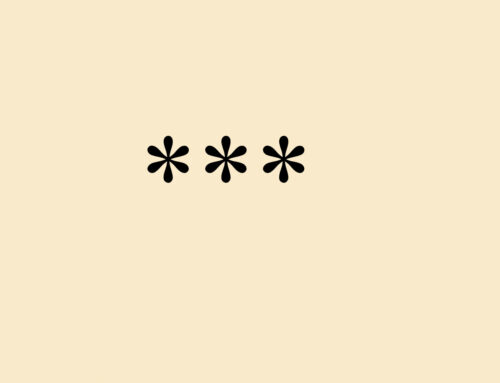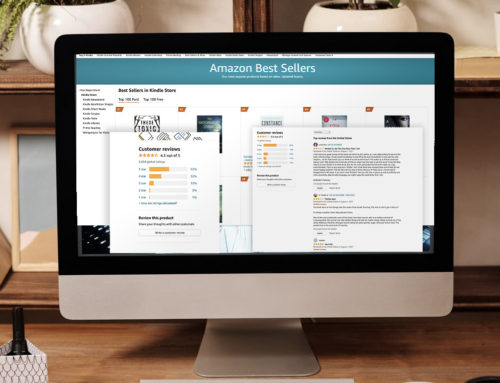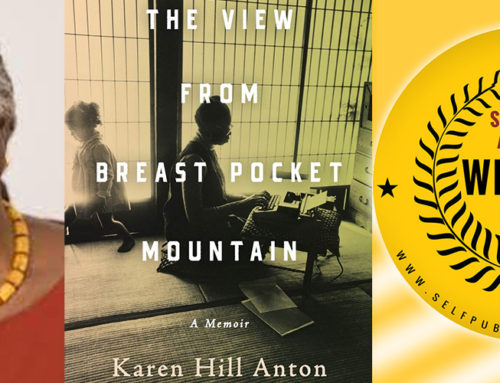
Stressful truth post – here’s a cat and some books…
There seems to be a tide of “Trad Publishing Vs. Self-Publishing” posts out there at the moment. As if it’s a choice. I’ve taken a real umbrage to this. Because honestly, it’s not. Here’s why.
Traditional publishing – The Process
To get your book published by a so-called Big-Five publisher, i.e., Hachette, HarperCollins, Macmillan, Penguin Random House, Simon & Schuster, or one of their imprints — or honestly, any niche trad publisher, you’re going to need to go through a long and painful process. Here it is:
1. Get an agent. Various ways of getting an agent involve first, writing the whole book, investigating which agent might like your stuff, and then writing a perfect letter to inquire about getting representation. An agent is not a publisher. They will represent your work to get you a publisher. Each agent has a set of criteria you must follow to ask them if they would consider you. Once you get accepted, they will then search for a publisher for you.
Odds of getting an agent – Most agents take on roughly one client for every thousand manuscripts. 1 in a 1000.
2.This process of getting an agent and finding a publisher might take anything from three months to three years, so be prepared to wait. There is also the crushing reality that you may never get a publisher, despite getting an agent.
Odds of getting published – For every thousand submissions, around three books will be picked up and published. So 3 in 1000.
3. Editing If your agent does get you a publisher, you will have to revisit your book. Usually, you will be assigned an editor, who will work with you and the publisher to make changes in line with what they want your book to be like for selling it in their market. This can take several months.
A number of stages are used:
• Copyediting
• Typesetting
• Proofreading
• Revision
If the book is a non-fiction book, indexing will also be done.
You have a lot of work ahead of you, with tight deadlines, or lose your deal.
4. Waiting. Once you have made changes to your text, the publisher will decide when your book will come out. This could be anything from two to five years later. They will then design a cover, which can take up to 18 months. You will have little to no input on that cover.
6. Your book will be launched. You will be expected to travel to promote the book for a short space of time, around a month, to give talks at festivals and signings. After this period, often you are on your own, and you will have to seek out opportunities yourself to promote your book further.
7. You will receive an advance of a few thousand dollars, and once you make that “whole”, i.e., you have sold enough books to cover that, and have paid your agent 15%, you will receive royalties of around 8-10% per book, sold at the retail price of $9-15, depending on the book. You can see these figures on author Alan Jacobson’s post here.
A book that costs $10 will earn you $1 a book. So it would take 5750 sales to pay off a $5750 advance, plus your agent’s fee of 15%. Considering the average book sells 3000 copies in a whole lifetime (Publishers Weekly, 2006)., that’s not much of a chance to hit the bigtime.
The advantage of becoming traditionally published is the machine behind you, and a good publisher and agent team will help develop your career over several books. But traditional publishing may not be a choice for you. Your book may not get through this process to even be a published author.
Self-Publishing – The Process – Quick Version
I mean, if you wanted to, you could just do this:
1. Write a book
2. Publish it on Kindle.
Maybe that’s all you have in you. Maybe you just want the book in your hand. And that’s just fine. But one myth that needs to be quoshed hard being bandied about is that self-publishers can make more money than trad-published books, especially fiction. That ship has sailed in about 2003… So why self-publish?
- You’re impatient to see your book on sale – There’s no waiting time. Beware of sending out your book with a heap of mistakes. Pretty embarrassing.
- You just need to print a book out for your lectures/church sessions/friends or family – If this is it, you can go ahead without thinking about sales and making money. But make sure you still have had a good edit, proofread, and designed a decent cover.
- You don’t want people telling you how to edit your book or design it – OK, this is the one you want to watch. This is ego talking. You’re not a genius polymath *most probably* but you may be a great writer. So make sure you get all the things a professional author would get, like design, editing, formatting, and marketing, as well as reviews and book tours. See:
Self-Publishing – The Process – Pro Version
1. Write your book.
2. Get it line edited for plot arc, characters, and structure.
3. Work on it again.
4. Get it proofread for grammar and spelling.
5. Revise it.
6. Get it Beta read. And more than one beta reader. Like, at least four, better twenty.
7. Decide where you will sell it. Is this a Kindle book or a paperback, or both?
8. Pay a professional to format your book. Essential.
9. Plan your marketing campaign.
10. Get a designer to design a cover. You should be paying in the region of $250 up for a properly designed custom cover. Anything less is monkeys for peanuts, and you will regret it later.
11. Publish your book.
12. Now the real work begins. Market, market, market. Build reviews, Amazon page items, videos, blogs, tours. Arrange face-to-face signings.
This will not be cheap. You may spend around $2000 on just setting up your book properly to try and sell it successfully.
But whatever you do, don’t cut corners. This is the golden rule.
It’s difficult to say what will suit your personality. But the truth is, if it’s 1 in a 1000 odds to get an agent, and only 3 in a 1000 of those get published traditionally, that’s pretty small odds of getting a trad book published. Most authors will be forced to resort to self-publishing or assisted/vanity publishing services when they face this fact: their book is not what publishers are looking for.
Here’s the headline, and take a deep breath and read it twice:
HARDLY ANY BOOKS GET TRADITIONALLY PUBLISHED
Getting published is not an opt-out. It’s a series of flaming hoops to jump through as a professional author that many of us just aren’t up to doing, whether it be talent, ambition, or commitment. You can’t have one without the rest to make a success of your book career in the trad world. Even then, you might just not make it. Self-publishing gives you more of a chance to publish, but don’t think this means you will make money or sell books. You probably won’t if you don’t knock yourself out with constant marketing an promotion every day of your life, and treat it like a career. But at least you can choose. Hybrid services, assisted presses and vanity presses give you the option to pay for professionals to do that for you, and might give you the edge. There’s no easy fix. That’s why we set up SPR and Kwill Books, to help authors get all the services for a reasonable price.
Writing a good book that might have a chance is real sweat and tears, and it can be devastating when your book is rejected. Paul Ollinger at Entrepreneur says about publishing, “Here’s the most important thing I learned: you should only write a book if you can’t not write a book.” I think that really stands.
Get an Editorial Review | Get Amazon Sales & Reviews | Get Edited | Publish Your Book | Enter the SPR Book Awards | Other Marketing Services






















Yes and no with this article. Vanity presses are a HUGE no and should be avoided by all cost. They just take your money thousands of dollars and leave you with a professionally looking book but no market or readership to show for it.
Self-publishing and Trad are one of the same cloth, either route you take, you will have your work cut out for you. Being an author is no easy occupation, either it be indi or traditional.
Great article and very true. I self published my book here in South Africa through and agent called Feather Communications they did a great job but it was expensive and I payed for every part of the process.
Finding an illustrator proved difficult and I went through several before finding the right one, expensive and time consuming. My book ” The Keepers of the Forest” is a paper back fantasy childrens book and takes the reader through the seasons of a typical year in a secluded forest and the interaction of nature, animals and tiny rabbit elf type characters that help maintain the forest environment around them.
I tried to promote my book through several outlets but too many get damaged and end up unsellable so I withdrew them so now I just sell at local craft markets, autographing each copy for the purchaser. It has been a slow but rewarding process but upto now I have sold around 600 books out of the 1000 I had printed.